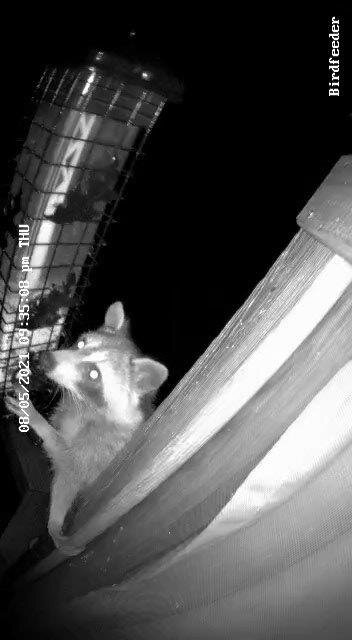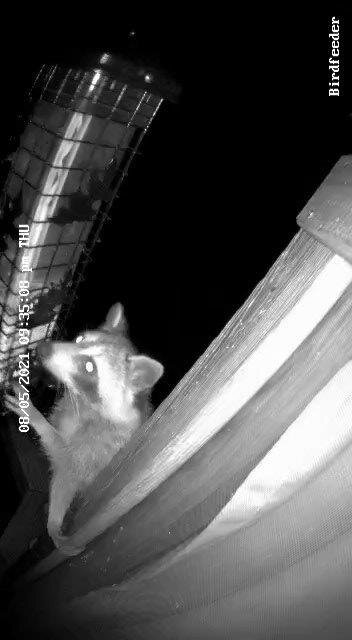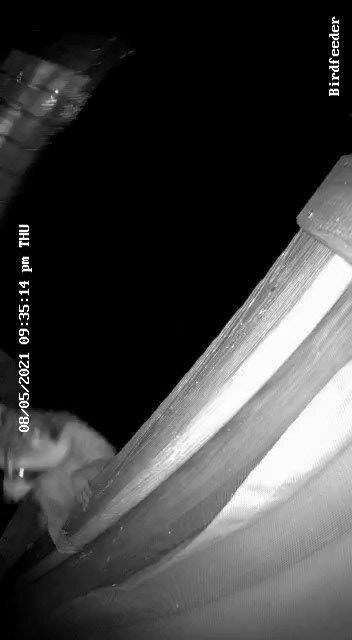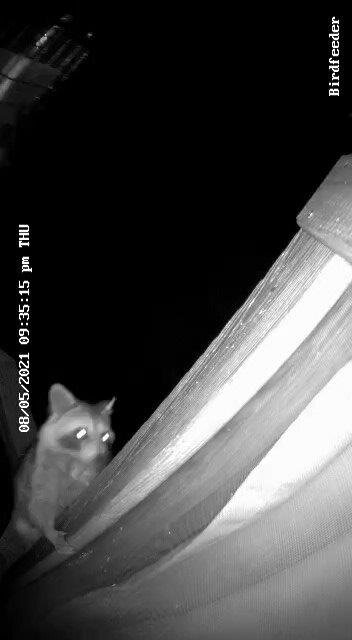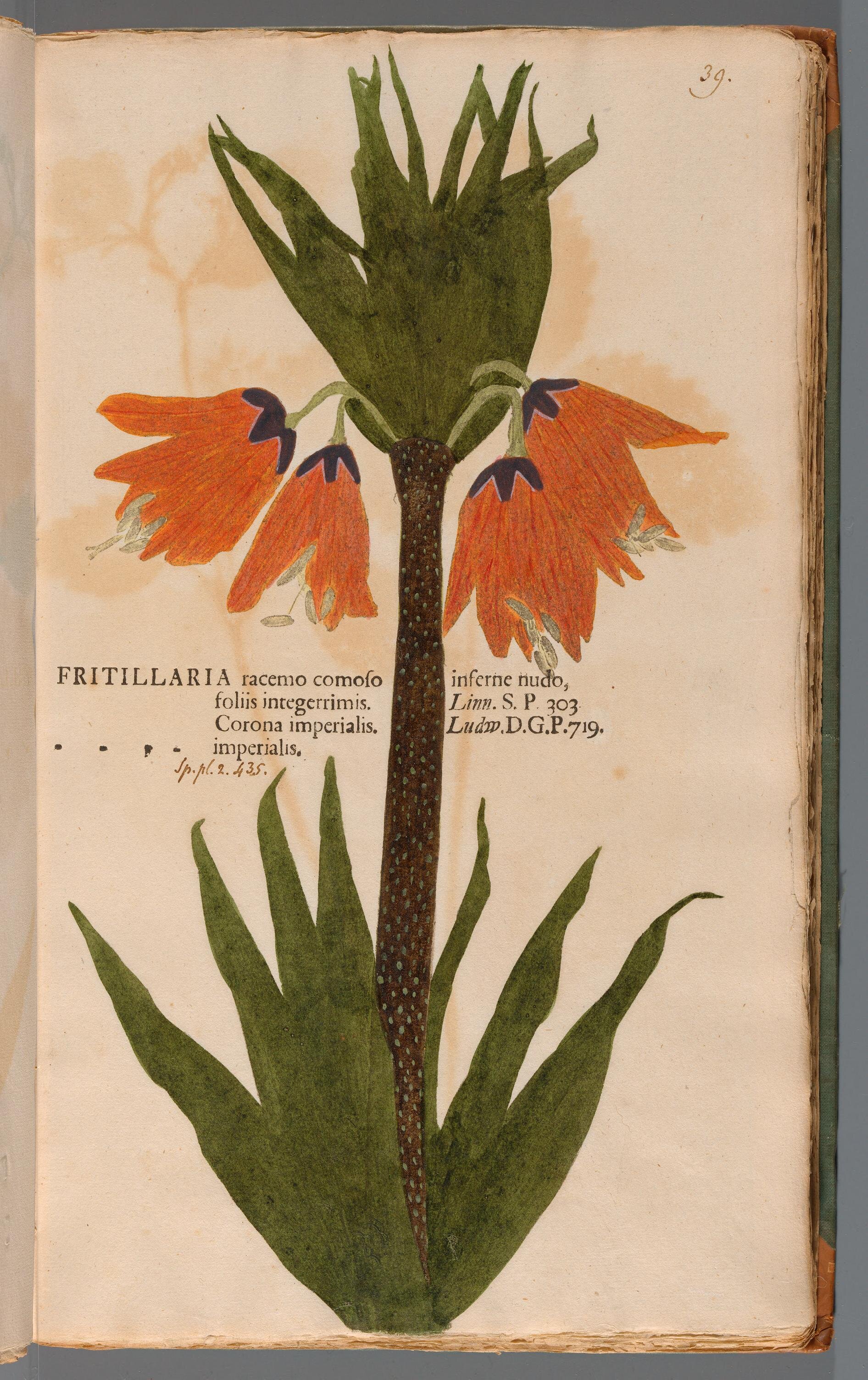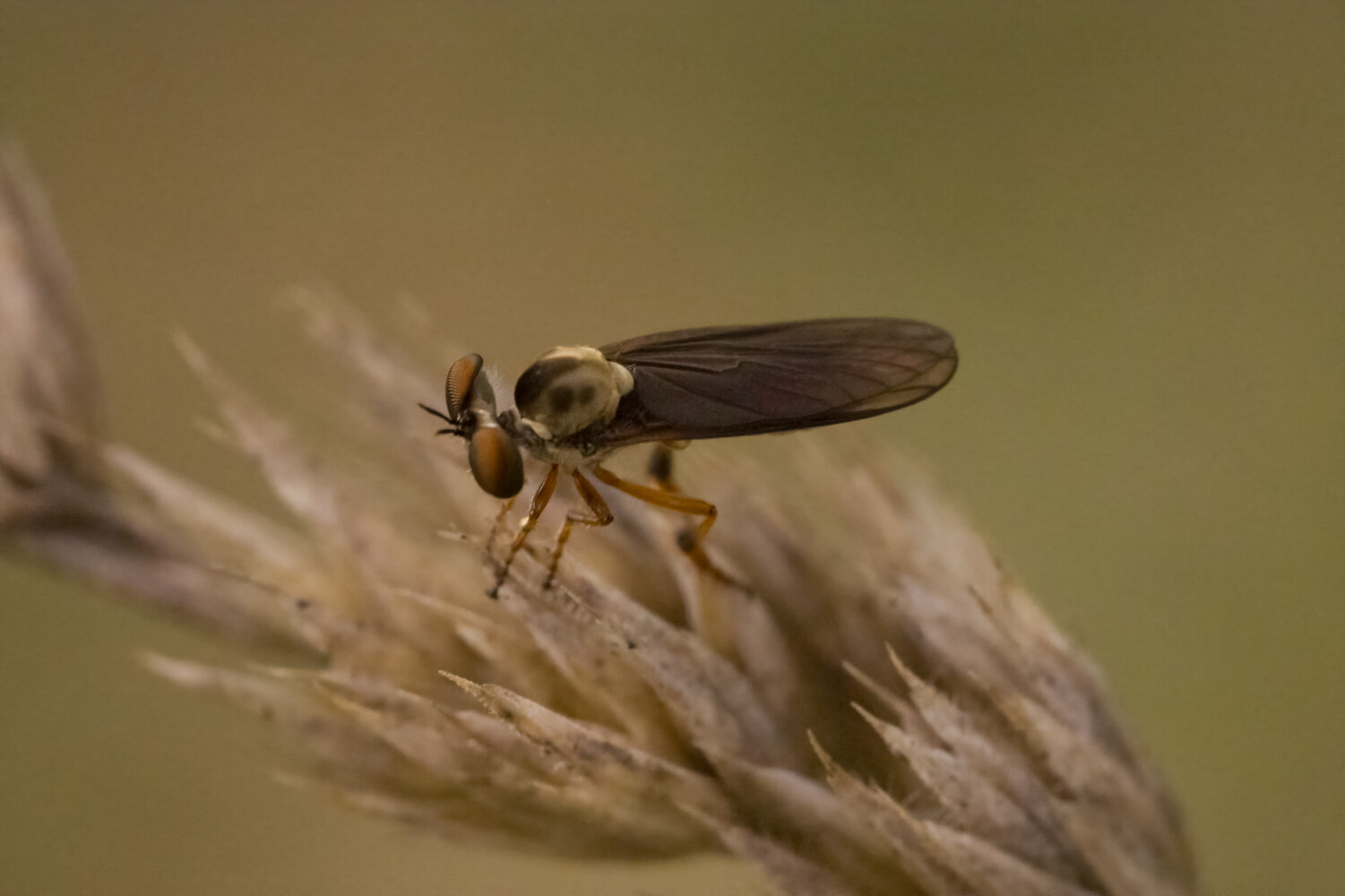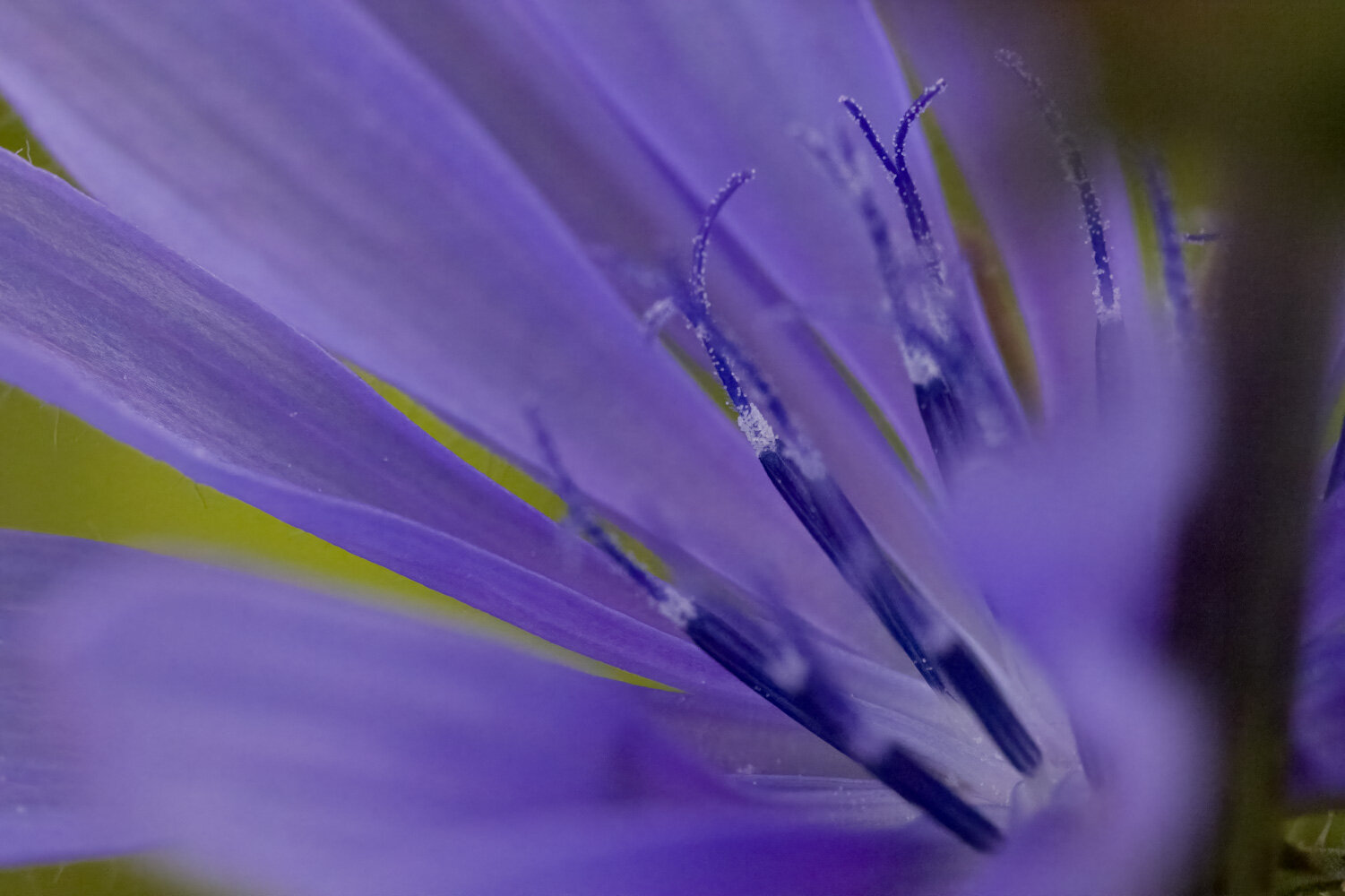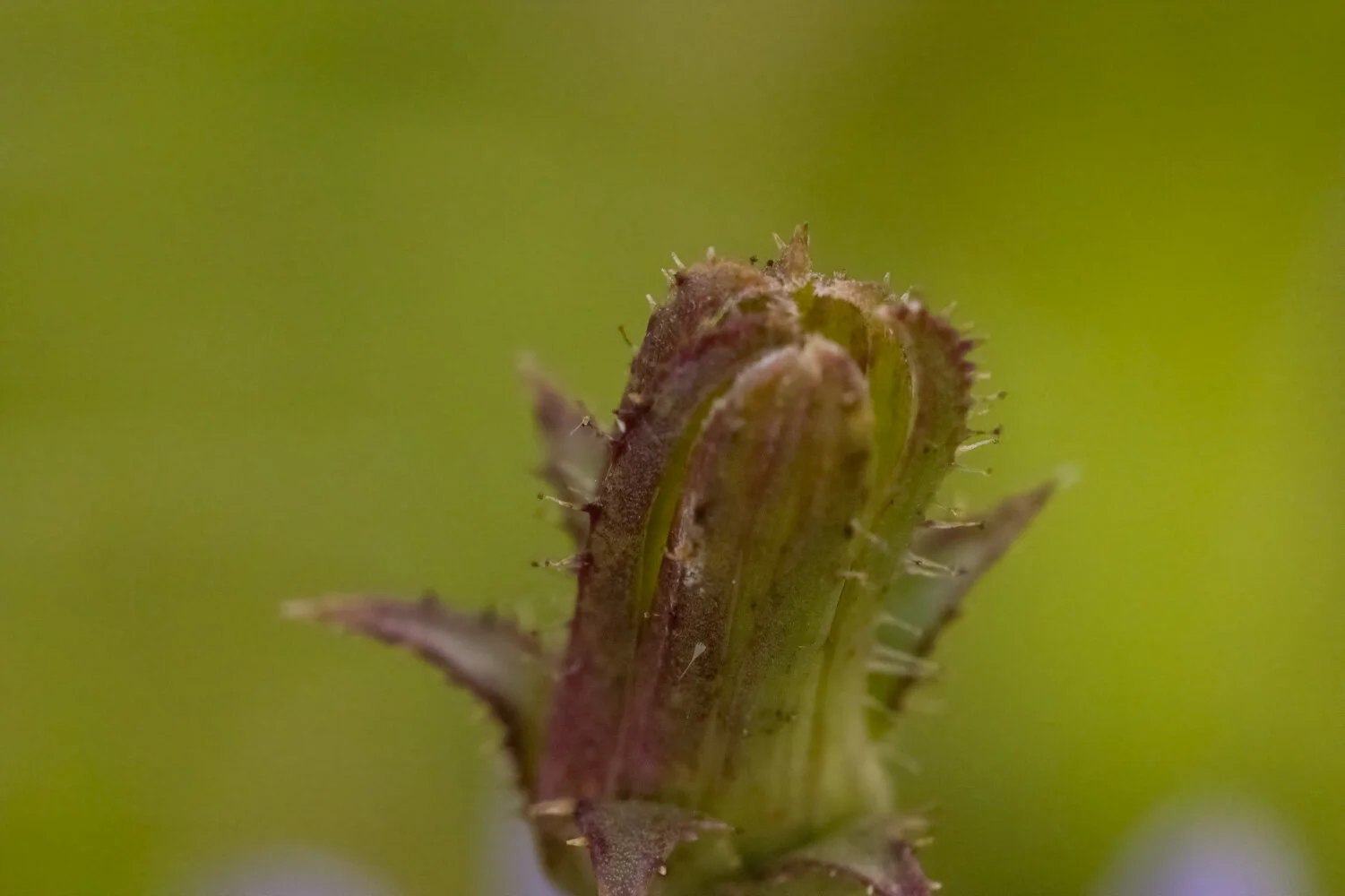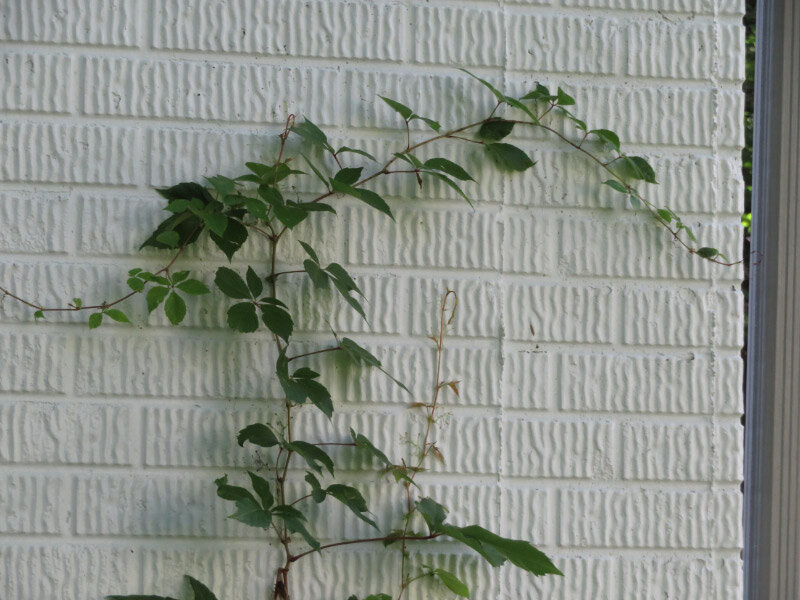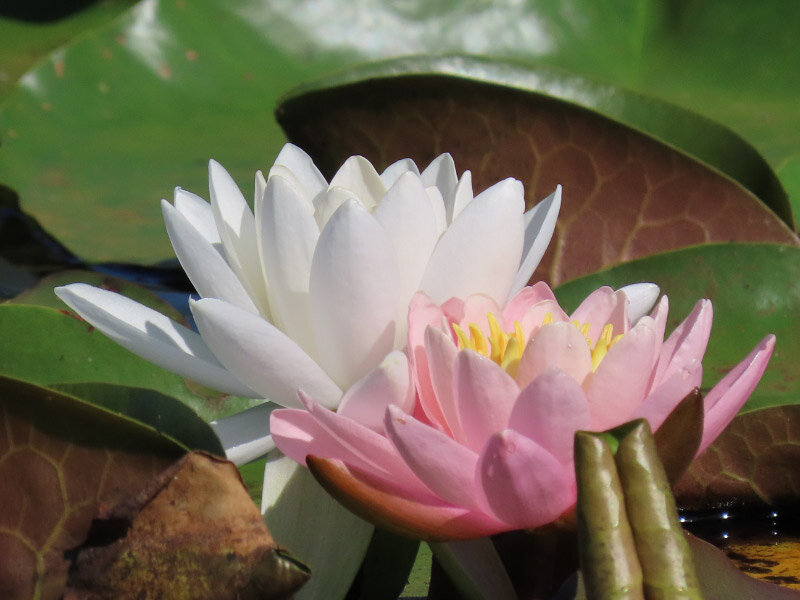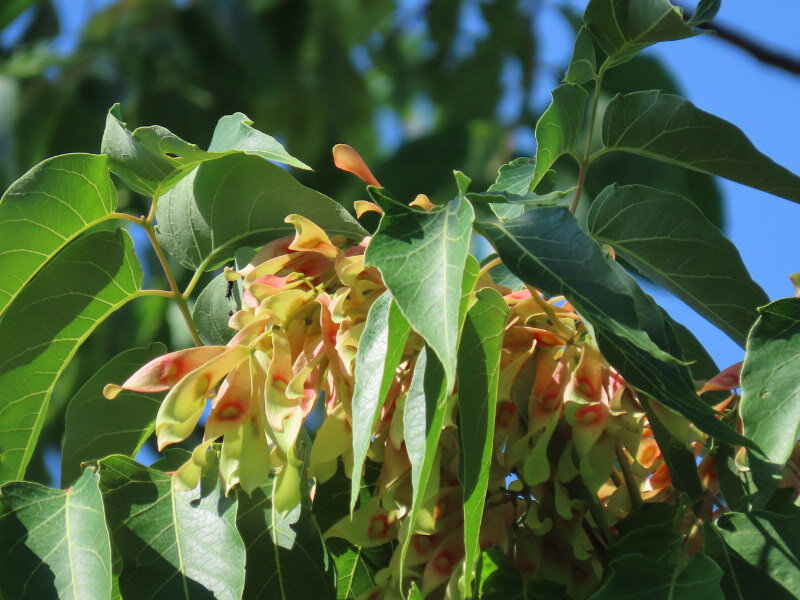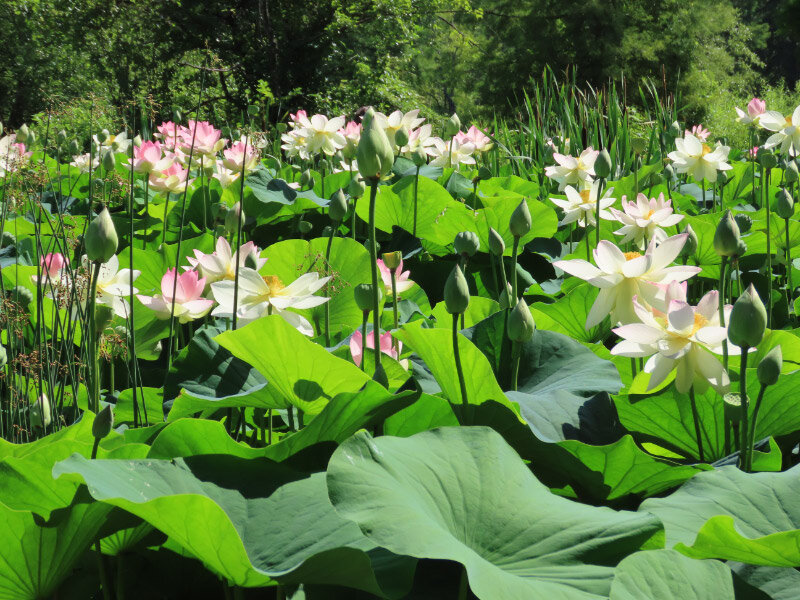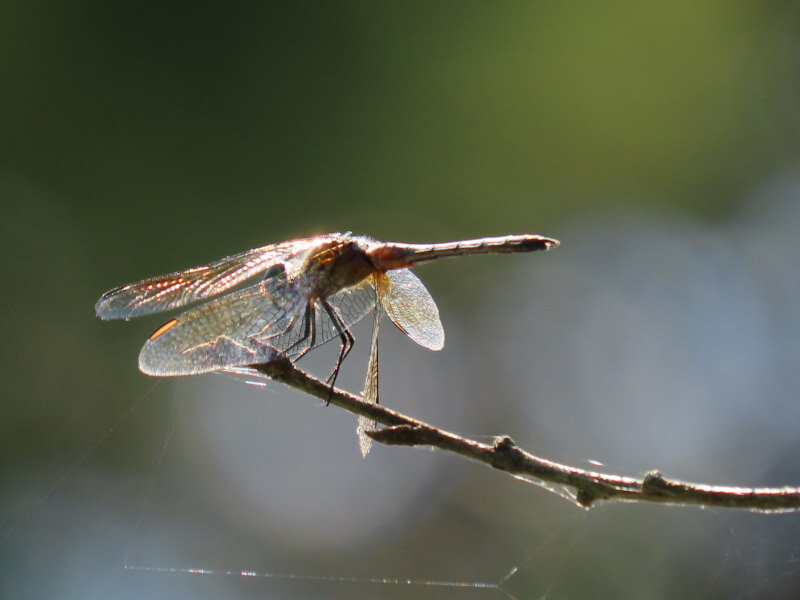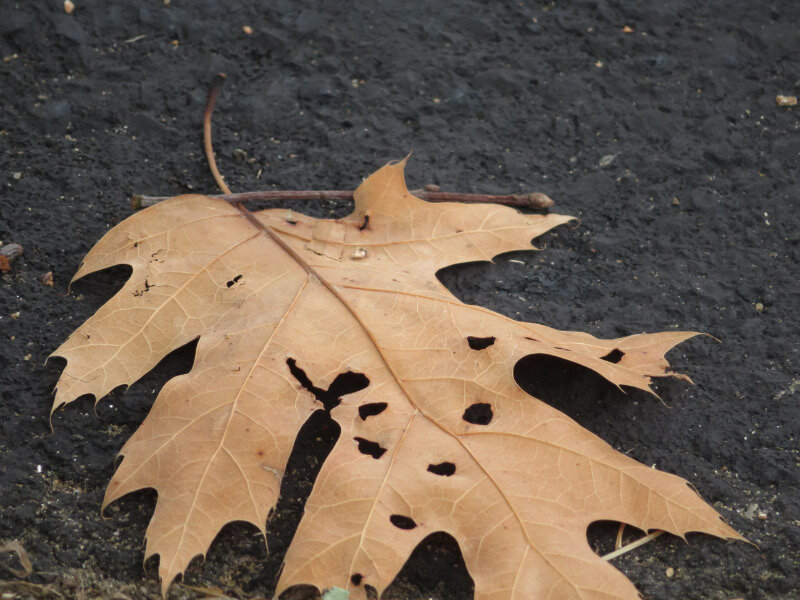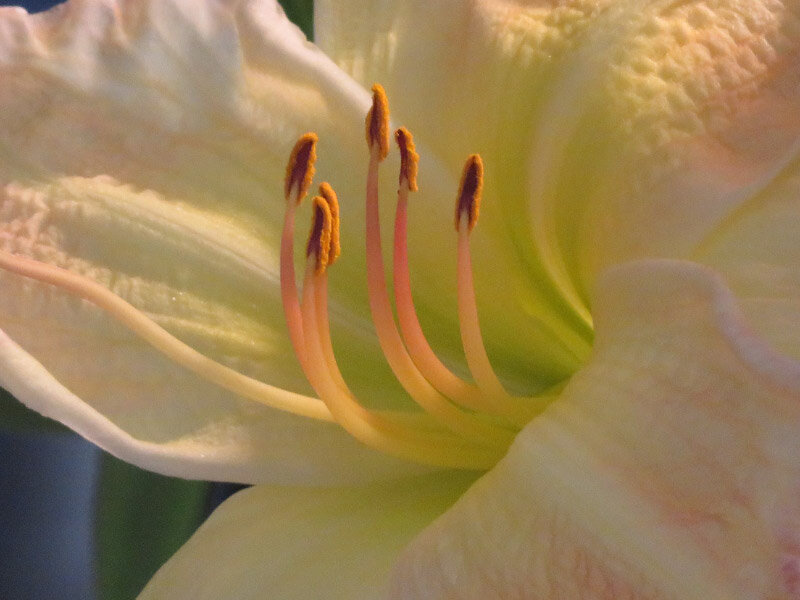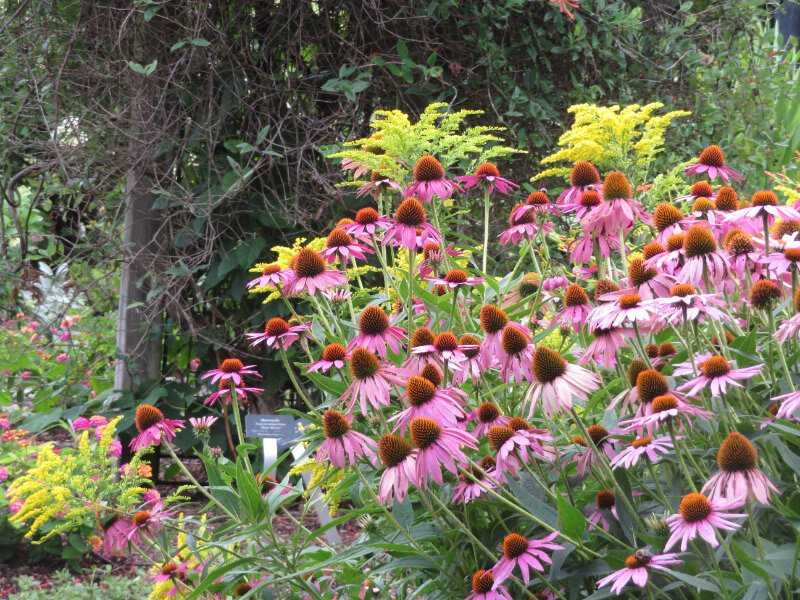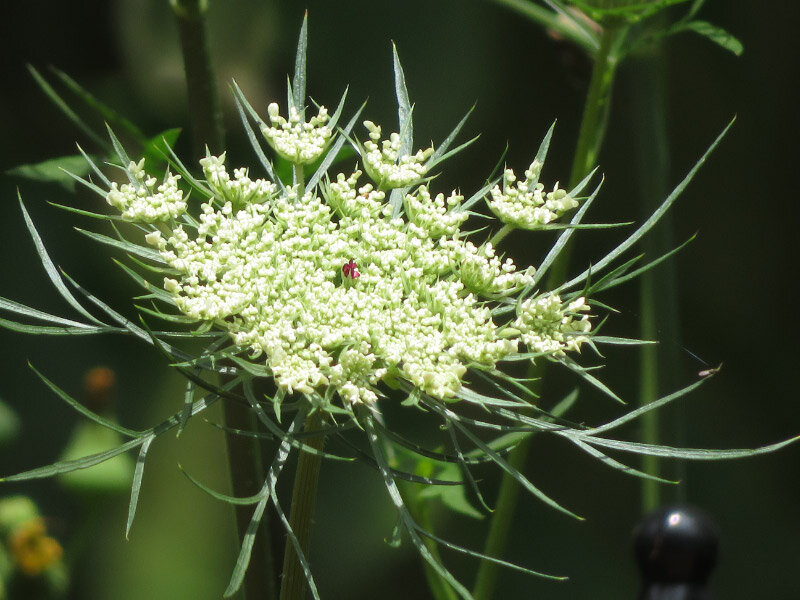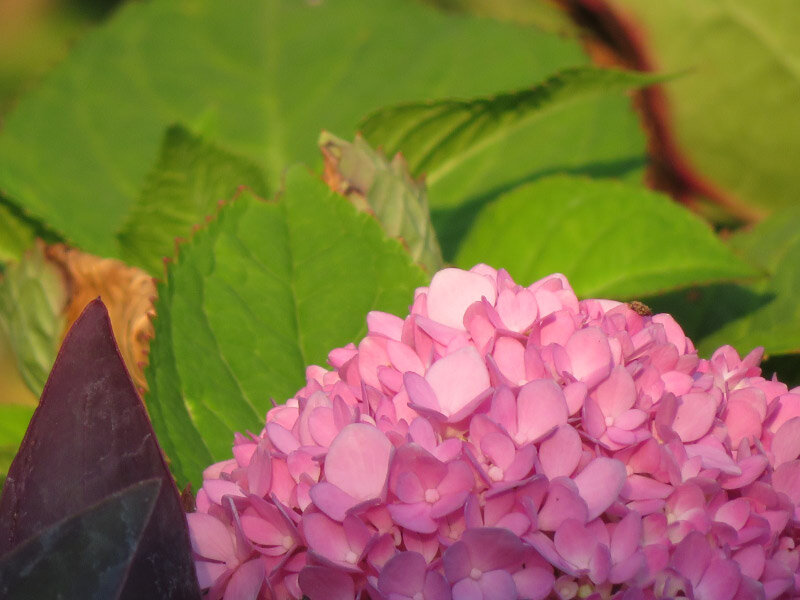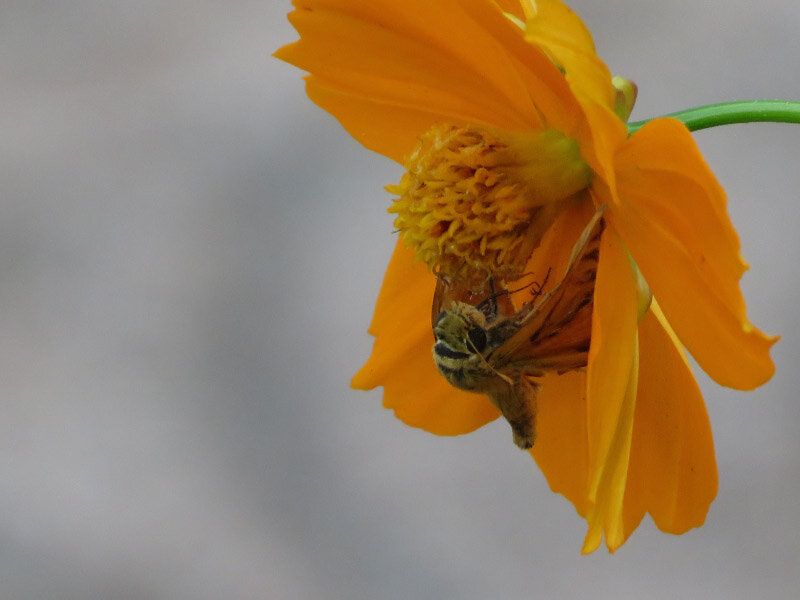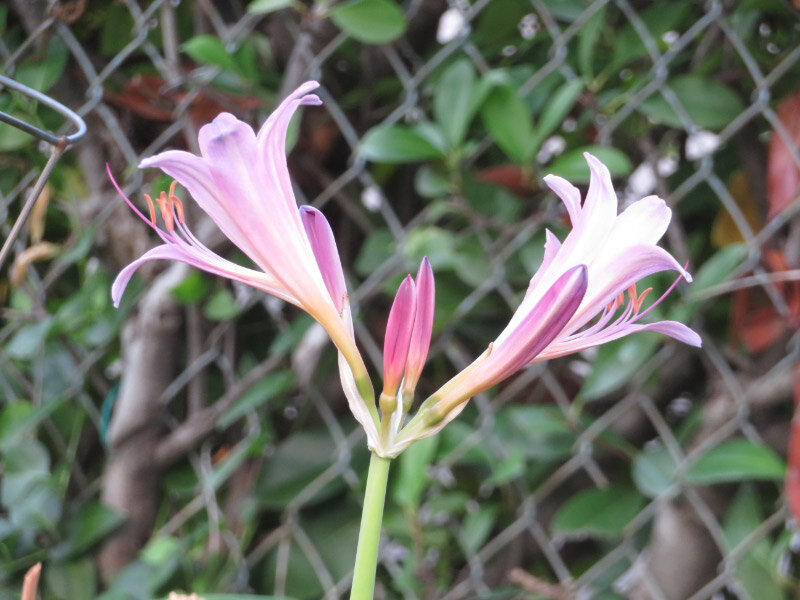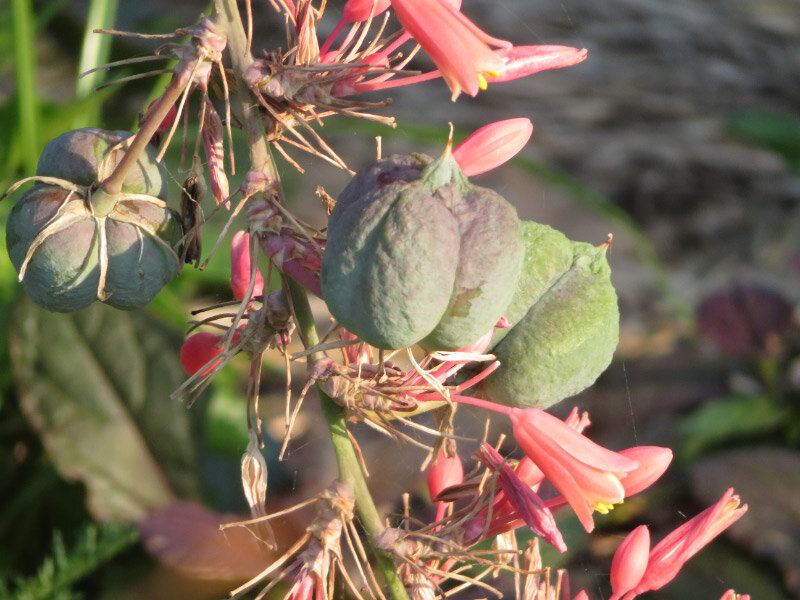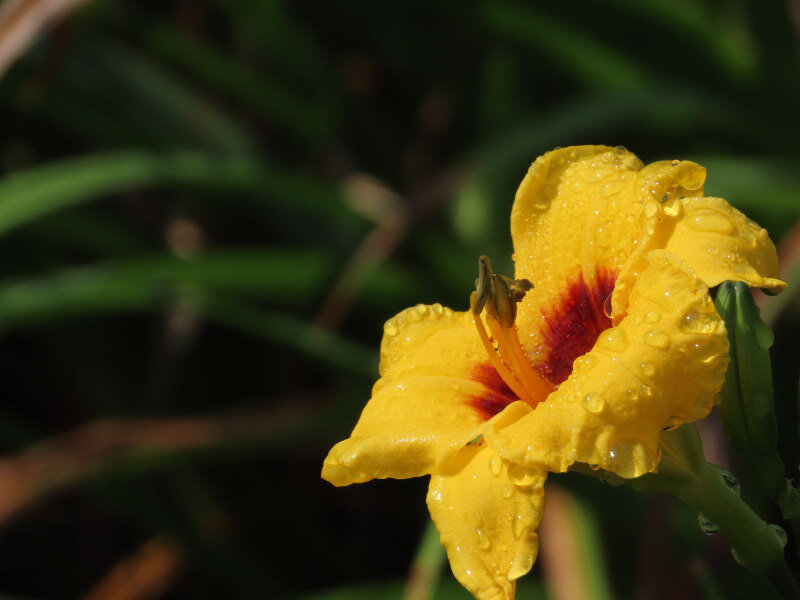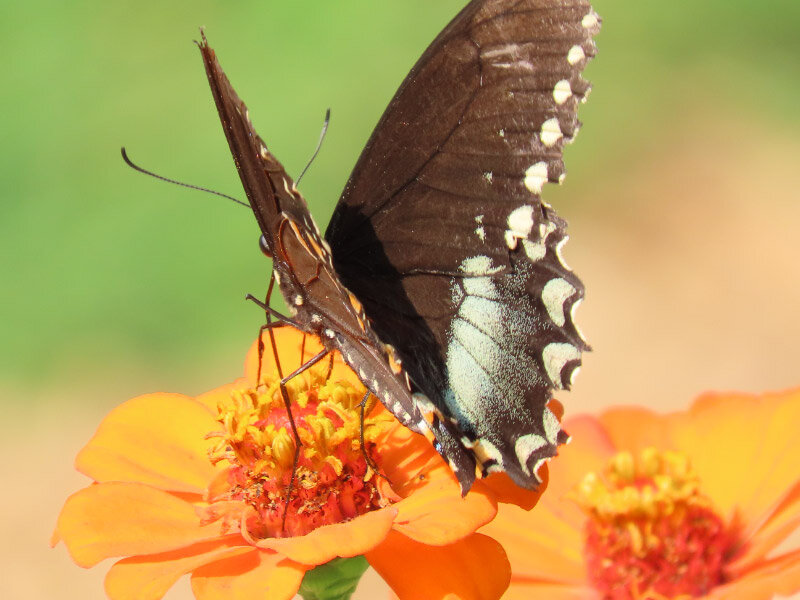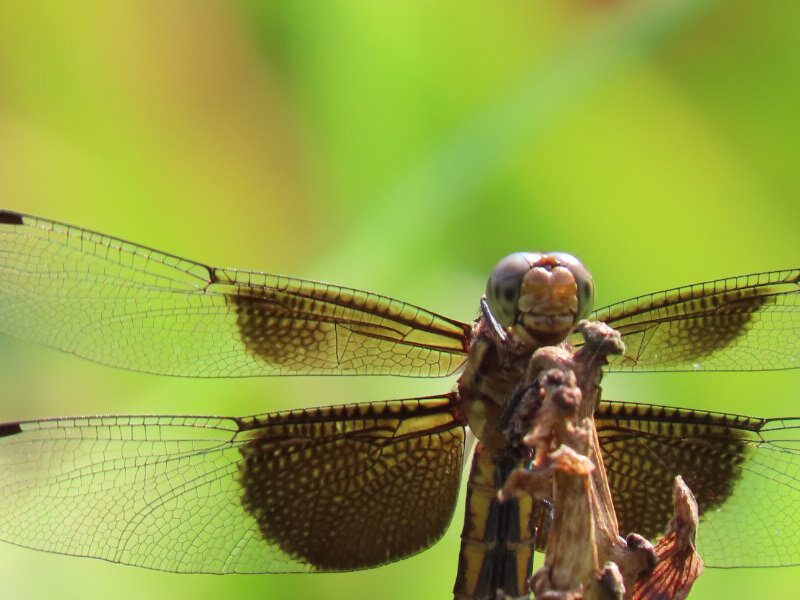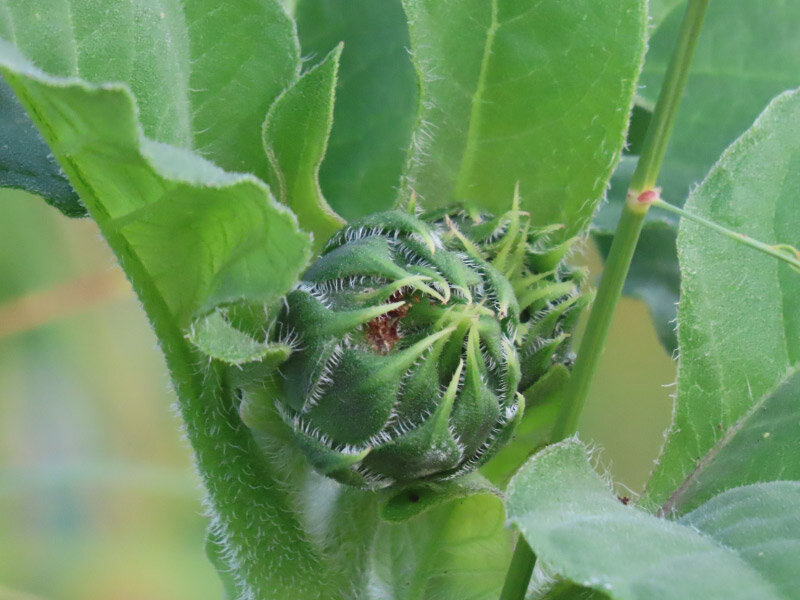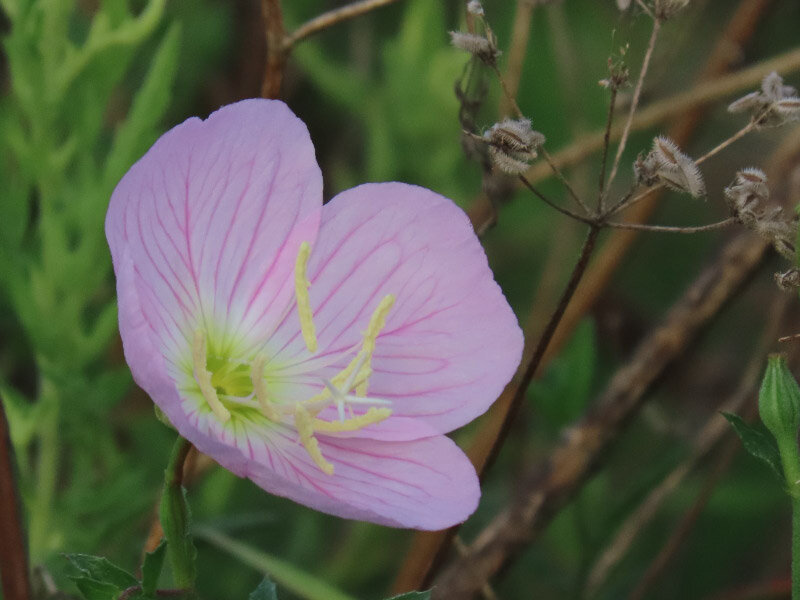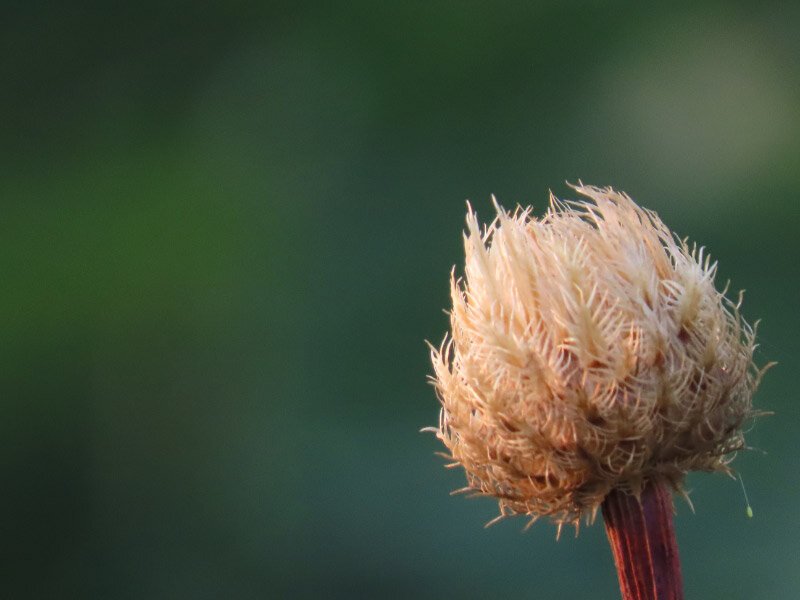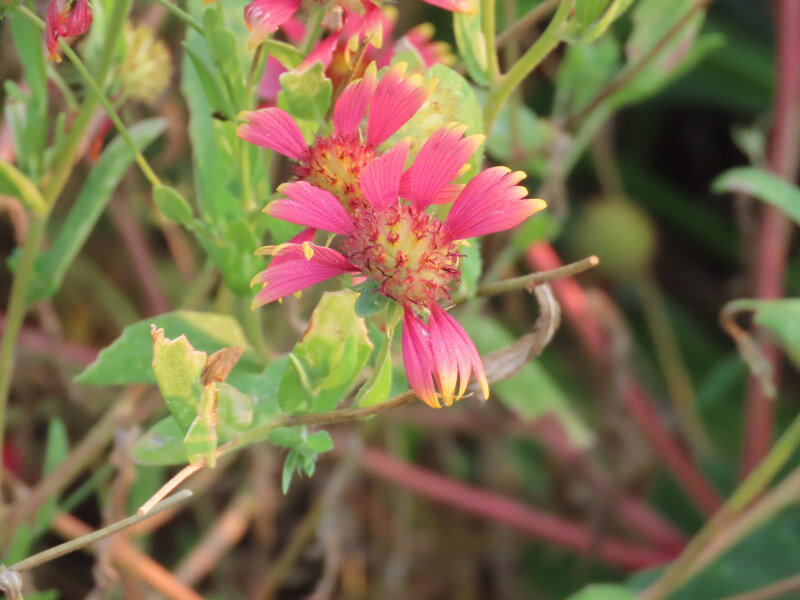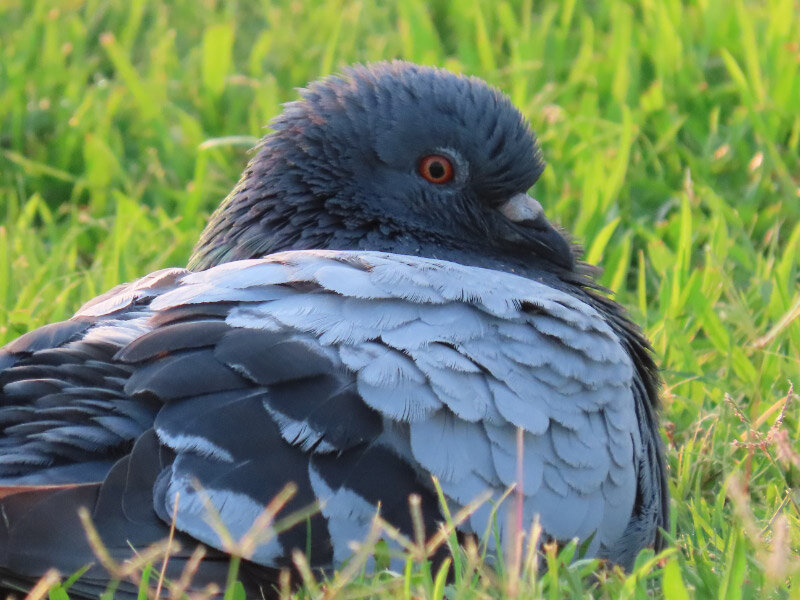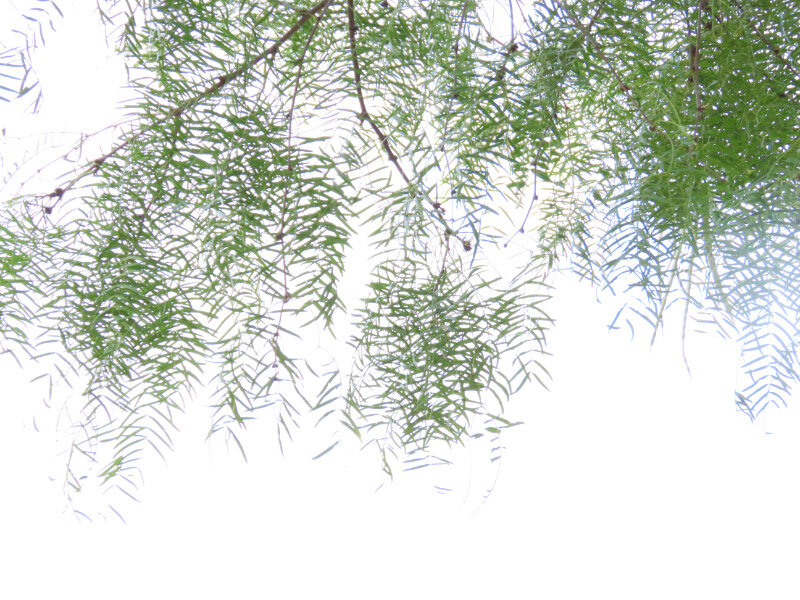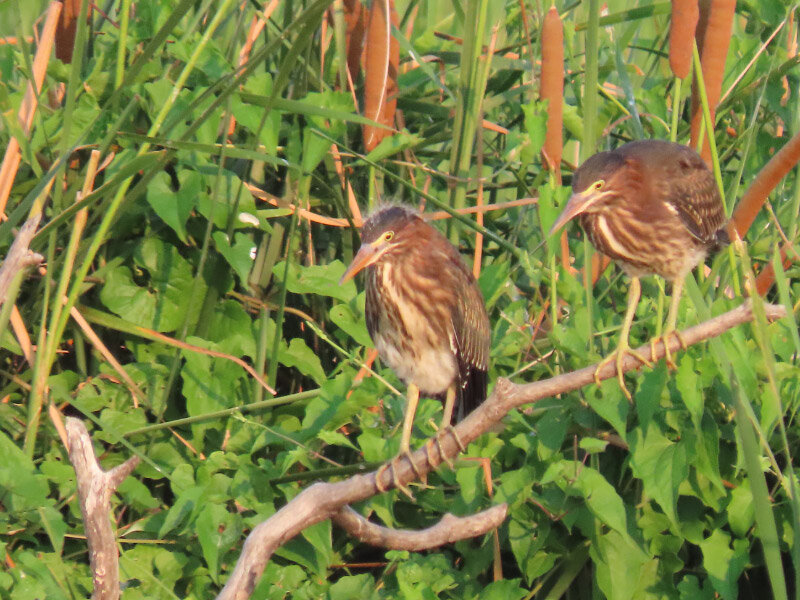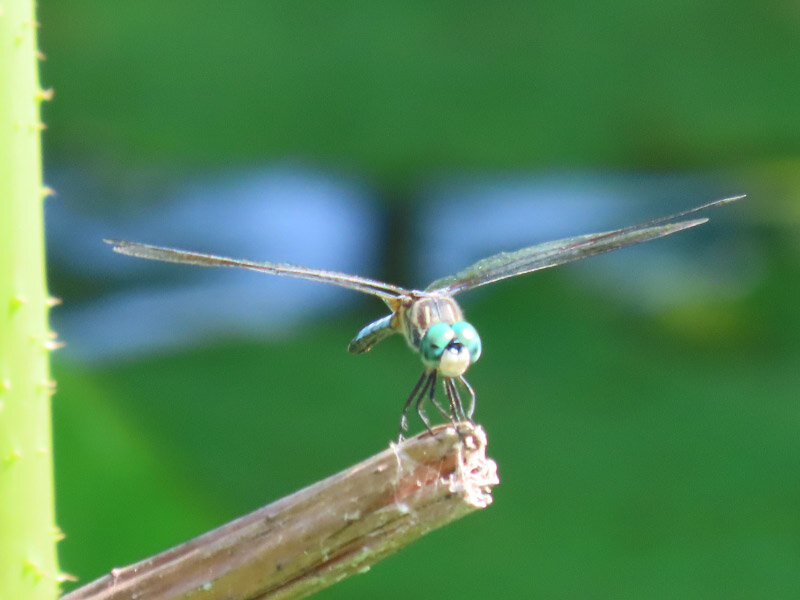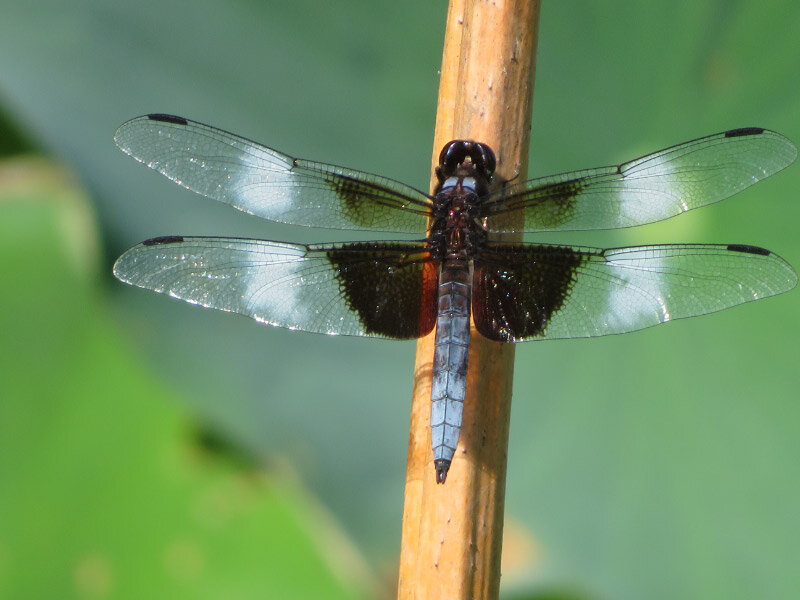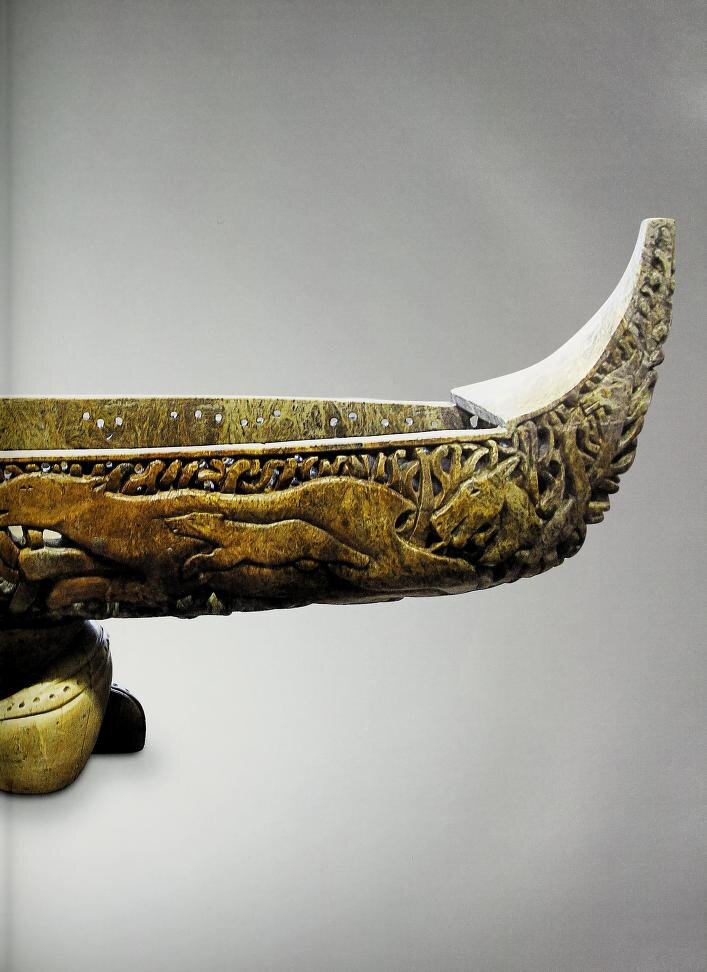Gleanings of the Week Ending August 14, 2021
/The items below were ‘the cream’ of the articles and websites I found this past week. Click on the light green text to look at the article.
How your phone battery creates striking alien landscapes – Lithium….needed for batteries that are needed for so many things (not just phone batteries).
Why do house finches love your hanging plants? – These birds are frequent visitors to our feeder. Based on the crowd we are seeing now – they’ve had a very successful breeding season…lots of young birds.
Ultraprocessed foods now comprise 2/3 of calories in children and teen diets – This article prompted me to look at what ultraprocessed foods I am eating…and making some changes. I am keeping the 1st breakfast that includes 90 calories of dark chocolate…but all the other ultraprocessed foods are going to become occasional or rare in my diet.
Tracking the Restoration of the River of Grass – An interview with Eric Eikenberg, President of the Everglades Foundation. There is a lot of work coming to fruition this decade in restoration of the Everglades…some positive news from Florida. It was an encouraging article but after reading the whole thing, it still seems to me that climate change will be a continuing disaster for Florida.
Red Tide Rages Along Florida’s Gulf Coast – On a more pessimistic note about the environment in Florida right now…
Top 25 birds of the week: August 2021 – Birds….so many different kinds to see.
Crawling with crickets: the insect swarm in the western US – Mormon Crickets (really katydids) have population crescendos in 3 of every 10 years in the west. The occurrences are patchy but damaging for some crops.
Music in the American Wild – I watched the Missouri Music at 200 webinar this week and am now looking at more of the concert videos from the ensemble. I’ll post the “Missouri Music at 200” webinar video address (when it is available on YouTube). Of course – live performances would be even better. I enjoyed the Hawaii 2020 project videos already…lots of good views of the island (particularly birds and volcanos!).
The ancient Persian way to keep cool – We’ve had quite a few heat advisory days recently…will probably have an increasing number every summer. The world will need to implement the most efficient strategies available to keep people cool.
Camera Trapping As Mainstream Nature Activity – Little cameras in the wild…they are probably less obtrusive than a human being in the place all the time…but not totally benign in every place.






